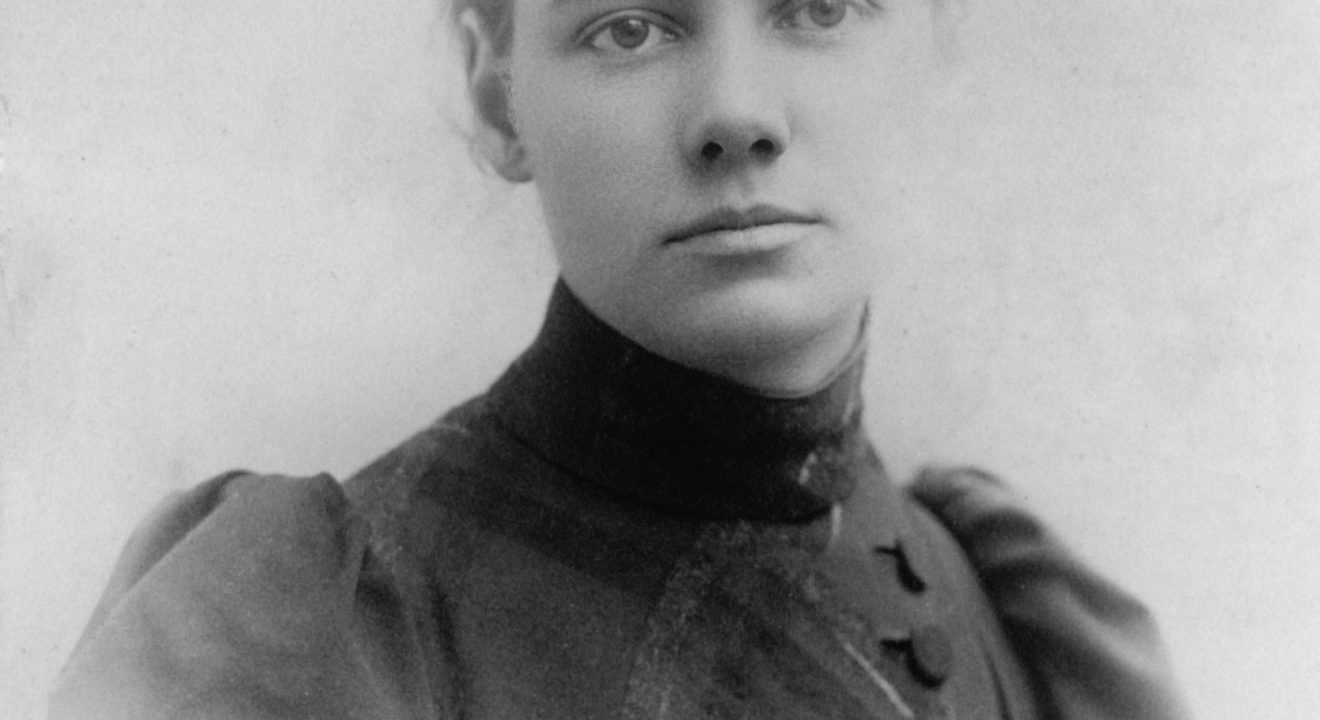Inspiration February 9, 2017


In our ongoing series #WomenThatDid, ENTITY profiles inspirational and famous women in history whose impact on our world can still be felt today. If you have a suggestion for a historical powerhouse you would like to see featured, tweet us with the hashtag #WomenThatDid.
NAME: Elizabeth Cochran Seaman a.k.a. Nellie Bly
LIFETIME: May 5, 1864 – January 27, 1922
WHAT SHE IS KNOWN FOR: Elizabeth Cochran Seaman, one of the famous women in history, is better known by her professional name, Nellie Bly. She was an American journalist, industrialist, inventor, and charity worker. She was widely known for her 72-day trip around the world, in imitation of Jules Verne’s character Phileas Fogg. Bly helped to establish a new form of writing, investigative journalism.
WHY WE LOVE HER: Nellie was born in a Pittsburgh suburb, and her father instilled her with the virtue of hard work and determination. A misogynistic article titled “What Girls Are Good For” encouraged her to write a rebuttal under the pseudonym “Lonely Orphan Girl.” The editor of the newspaper was so impressed by her writing that he began seeking out her identity. He offered her a full time job. At this time, it was customary for women newspaper writers to adopt a pseudonym, and this was when she chose Nellie. She wanted to focus on the desperation of working women, and despite her coverage, she was pushed to the “Women’s Pages” to write about fashion, society, and gardening.
Disheartened by this, she took the opportunity to travel to Mexico as a foreign correspondent. She spent a year and a half reporting on the lives of women in rural Mexico. When she came back, she left Pittsburgh for New York City. She lived hand-to-mouth for four months before she walked into Joseph Pulitzer’s New York World. There she took on her undercover assignment in a mental institution. She investigated the brutality and neglect at the Women’s Lunatic Asylum on Blackwell’s Island. Before a courtroom she acted in a way that would ensure her commitment to a hospital. On testifier said, “Positively demented. I consider it a hopeless case. She needs to be put where someone will take care of her.” She was committed and experienced the asylum firsthand. She stayed for ten days, before she was released at the World’s request. Her report was published in the book “Ten Days in a Mad-House.” It brought her lasting fame. With her book, she helped to launch a federal investigation into the conditions of mental hospitals, and the Department of Public Charities and Corrections supporter her proposed reforms.
In 1888, she began planning her world trip. At 9:40 a.m. on November 14, 1889, she began her 24,899-mile journey. After 72 days, she returned to New York. She then married millionaire Robert Seaman, forty years her senior, in 1895. She retired from journalism and began experimenting with inventions. She designed a new milk can and a stacking garbage can. She died of complications from pneumonia in 1922, at the age of 57.
FUN FACT: Nellie returned to journalism during World War I, focusing on the women’s suffrage movement. She was an ardent supporter of the women’s right to vote, but didn’t believe it would be achieved until at least 1920 – and she was correct. It would take many more famous women in history to achieve women’s suffrage, but Nellie’s contributions will always be remembered.